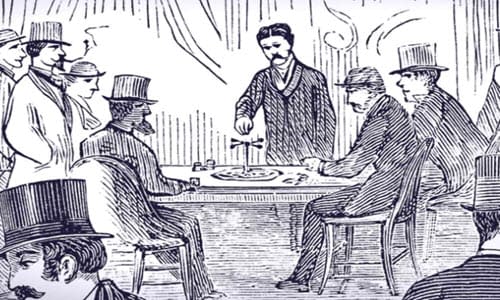Roulette, originally a French game, was invented in the 17th century by Blaise Pascal. The game has been played in Paris since 1796, with the 0 being added to the wheel by François and Louis Blanc in 1842 for a house advantage. In early 1800, roulette found popularity in the United States where a second zero, 00, was added to increase the house advantage further. Gradually, roulette became popular in the United States and all over the Continent as one of the most well known casino games. Also referred to as the King of Casino Games, roulette owes its repute to the glamor of the casinos on the French Riviera and Monte Carlo.
The game was patronized in Monaco by the then ruler Prince Charles in the 1800s. He, with Louis Blanc, established the Casino Monte Carlo which is considered the mecca of casinos. Although gambling was subsequently legalized in France, roulette was only played in Monte Carlo, making it exclusive and glamorous to a certain extent.
One of the facts to be associated with the history of the game is that if you add the numbers 1 to 36 on the roulette wheel, the total is 666 – or the Number of the Devil. According to some, this is because François Blanc made a treaty with the devil to secure the secrets of roulette.
Some of the theories suggest roulette to have originated in China, from where it was brought to Europe by the Chinese monks who traded with the Dominican monks. Another view is that Romans played games by spinning their chariot wheels, and this led to roulette.
Until World War II roulette was a popular game in the US. Subsequently, they developed an interest towards blackjack that seemed like a beatable game. Despite roulette losing out to blackjack, it still seems to be a favorite among many, who continued playing the game. Today, it is the oldest existing game in casinos.
Although both the double-zero and single-zero versions of the game were developed in France, the double zero wheel is known as the American wheel, as it has survived the longest in the U.S, while Europeans prefer the single-zero adaptation.

